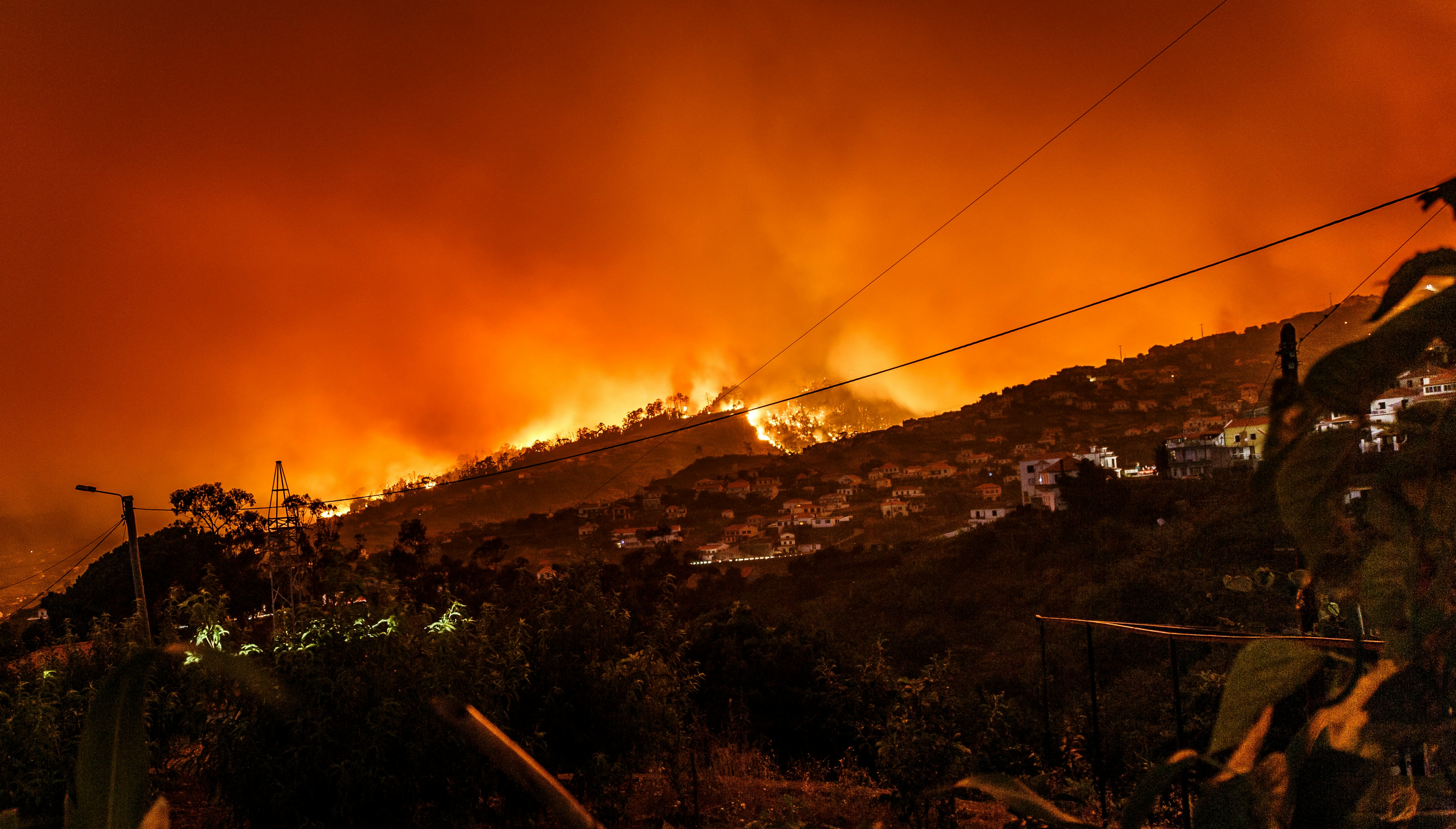News release
From:
Wildfire smoke and human health
Wildland fires are associated with high mortality each year across the United States. Fine particulate matter (PM2.5) from smoke has been linked to immediate adverse health effects on populations near the fire source. Although fire activity is concentrated in the western United States, its impact on human health can be widely distributed through air pollutants such as PM2.5. Kai Chen and colleagues assessed the mortality impacts of 12-month average smoke PM2.5 exposure for every county in the contiguous United States between January 2007 and December 2020. The authors found that more than 10,000 deaths per year could be attributed to smoke PM2.5, representing roughly 16% of the total deaths from all PM2.5 sources. The exposure was associated with increased deaths related to a variety of conditions, with most deaths stemming from cardiovascular, mental health, endocrine, and digestive disorders. Elderly people experienced greater mortality than people under 65 years of age, and the combination of increased smoke exposure and extreme heat exacerbated the effects. At concentrations below 5 μg/m3, smoke PM2.5 had a greater mortality impact on counties farther (150 kilometers or more) from the source. According to the authors, the findings underscore the increasing public health burden of wildland fires.



 International
International



